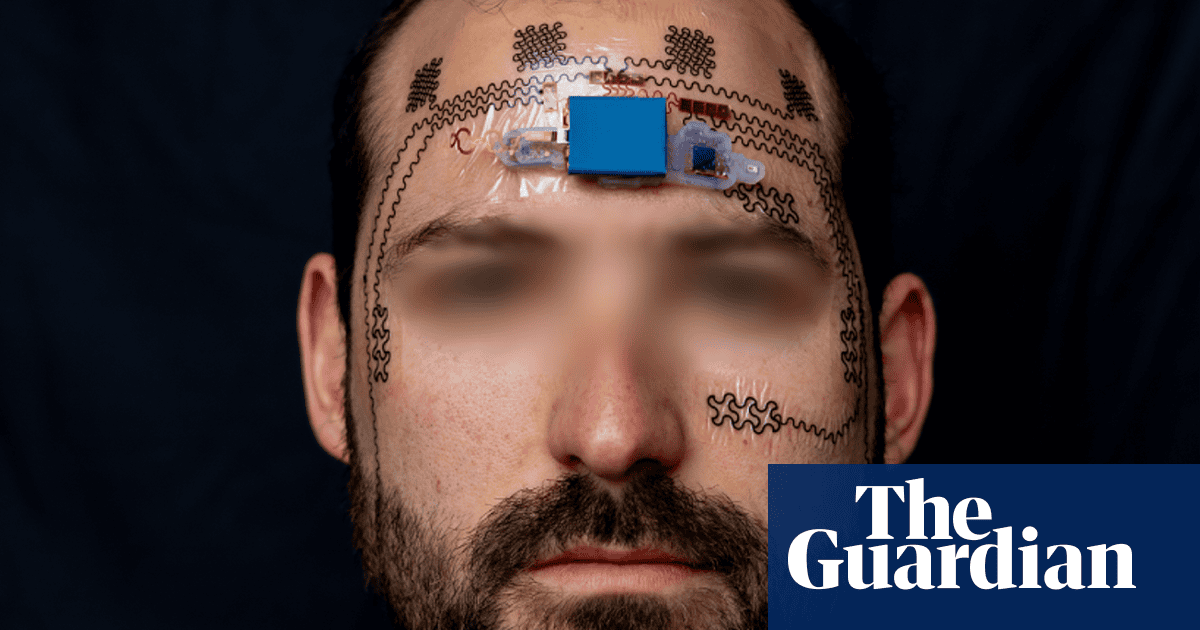Sums or how to text your new history, no matter how text you know, some tasks produce a rough eyebrow. Now scientists say they come with a device to follow such efforts: an electronic tattoo attached to the forehead.
Researchers say that the device is important to prevent the disaster between other professions between pilots, health workers and other professions.
“According to such a high-level scenario, this real-time manager, the author of this real-time manager, which is the author of some of the workmanship, and the research author of the workmanship, we hope that one of the device will give a research author in Austin.”
Writing in the magazine device, lu and colleagues, explaining how to explore the mental workload of surveys, at least, it is weak in judiciary in accordance with the objective efforts and is usually done after a job.
Meanwhile, the existing Electroanphalography (EEG) devices (EEG) devices (EOG) devices (EG) devices, it is inclined to measure brainwaves and eye movements, respectively, respectively.
On the contrary, “e-tattoo” is a light, flexible, wireless device.
Black, E-Tattoo’s Wiggly Road consists of a graphite-based material and is added to the forehead using a conductive adhesive film.
The four-square EEG electrodes placed in the forehead discovers a different region of brain activity – with a reference electrode behind the ears – rectangular EOG electrodes, provides information about eye movements, while placed vertically and horizontally around the eyes. Each of the stretching electrodes covered in additional conductive material.
Bespoke and one-time e-tattoo connect to a reusable flexible printing circuit using the conductive tape, can be attached to a light battery device.
When working e-tattoos such as traditional EEG and EEG devices to watch brain waves and eye movements, the team tested technology over six participants.
Each participant was shown a screen where 20 letters burned one by one, one by one, in different places. Participants were asked to click on a mouse with either the letter himself or place, the number one letter (n). Each participant performed several times with the value of N value between 0 and 3.
The team showed that the task was more difficult, it was shifts in the activities in the activities that are more mental workload.
The team then fed the EEG and EG data, along with N “numbers. After a training period, researchers found that the algorithm was better in predicting the mental workload of a participant based on EEG and EEG data.
Lu, the full device – a chip and battery is expected to be less than $ 200 (TL). The team now develops approach, so the signal can be opened by the microprocessor of the device and can be sent to an app to warn the user when the mental workload is very high.
However, the vehicle is definitely not to pass a simple job.
“Previous studies showed that the requirement of the mental workload was very low or not much, the optimal mental performance occurred,” Lu said. “When it’s too low, it is very boring and people will only lose attention.”




